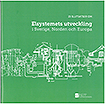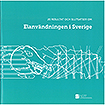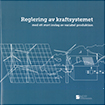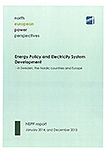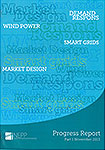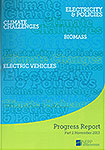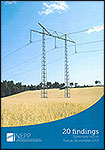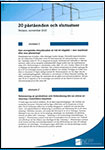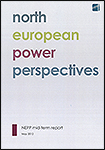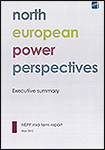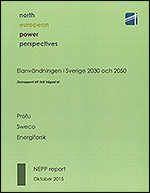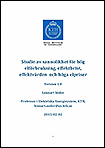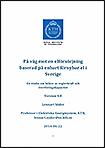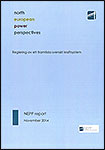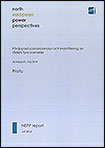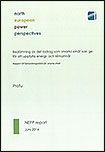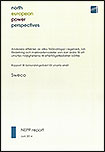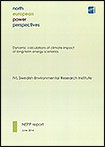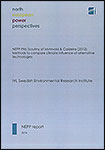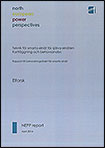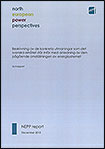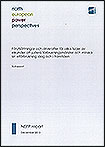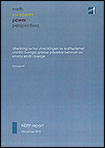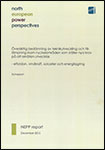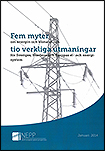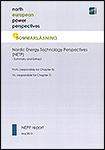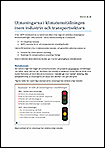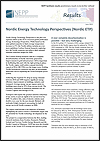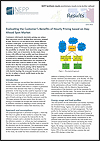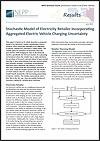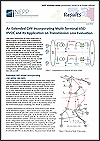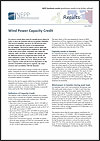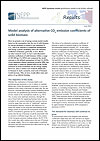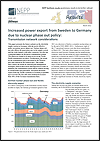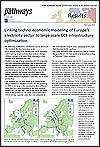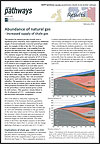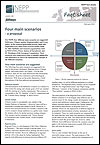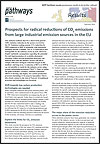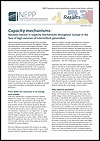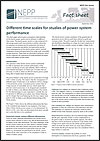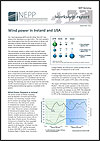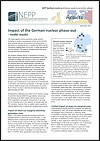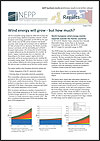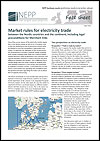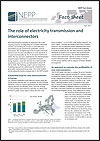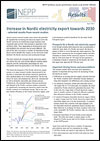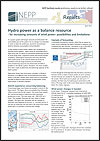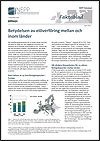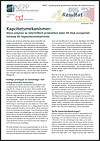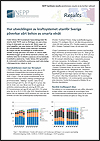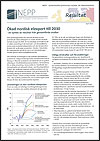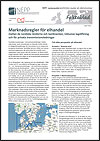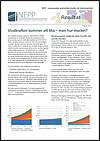(2015)

Home : Results
Synthesis reports/ Syntesrapporter
Fact sheets/ Visste-du-att-blad
NEPP:s underlagsrapporter till Samordningsrådet för smarta elnät (only in Swedish)
Results in Swedish
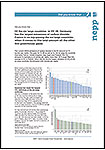
Of the six large countries in EU 28, Germany has the largest emissions of carbon dioxide. France is on top amiong the six largest countries, when it comes to (the total amount of) the other five greenhouse gases
Tyskland är det land av de sex stora länderna i EU 28, som har störst utsläpp av koldioxid per invånare. Frankrike toppar bland de sex stora, när det gäller (summan av) de övriga fem växthusgaserna

The ”decoupling” between energy and GDP is a relatively modern phenomenon, and the preceding period with ”coupling” was not very long either. Before “coupling” we had a period we could call ”pre-coupling”, with energy intensity at levels seve-ral times what we have today
Decouplingen mellan energi och BNP är en relativt modern företeelse, och perioden med "coupling" var inte heller evighetslång. Dessförinnan rådde något vi kan kalla "pre-coupling", med energiintensiteter på nivåer flera gånger högre än dagens
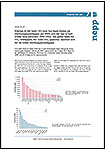
Sweden is the country in the EU with the lowest level of greenhouse gas emissions related to the GDP, and this has been the case all the way from 1990-(2012).This goes for the CO2 emissions, the (combined) “non-CO2” emissions and the total greenhouse gas emissions
Sverige är det land i EU som har lägst nivåer på växthusgasutsläppen per BNP, och det har vi haft under hela perioden 1990-(2012). Det gäller både för CO2-utsläppen , för "icke-CO2-gaserna" (samlat) och för de totala växthusgasutsläppen
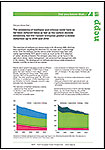
The emissions of methane and nitrious oxide have so far been reduced twice as fast as the carbon dioxide emissions, but the current scenarios predict a slower reduction up to 2030 and 2050
Utsläppen av CH4 och N2O har minskat dubbelt så snabbt som CO2-utsläppen, men dagens scenarier anger en långsammare minskningstakt till 2030 och 2050, vilket ställer allt större krav på CO2-reduktionen
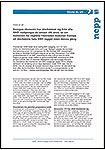
Europe’s economy has recovered from every GDP decline the last 150 years. If the future is guided by the past, we will see a full recovery even from the current fall in the GDP
Europas ekonomi har återhämtat sig från alla BNP-nedgångar de senaste 150 åren, så om historien får vägleda framtiden kommer Europa att återhämta hela BNP-tappet även denna gång
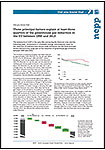
Three principal factors explain at least three quarters of the greenhouse gas reduction in the EU between 1990 and 2013
Tre huvudåtgärder förklarar minst tre fjärdedelar av växthusgasreduktionen i EU mellan 1990 och 2013
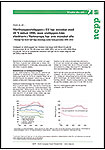
The electricity sector has contributed to the transformation of the energy system in the EU, and the carbon dioxide emissions from the electricity generation have been reduced significantly. All of this reduction has happened in Eastern Europe, the emission reduction in Western European electricity generation is small - (but Sweden,in contrast, has had low emissions during the whole period of 1990–2012)
Elsektorn har bidragit till omställningen av energisystemet i EU, och även minskat koldioxidutsläppen från elproduktionen rejält. Hela den minskningen har skett i Östeuropa; i Västeuropas elproduktion är utsläppsminskningen liten - Sverige har dock haft låga utsläpp under hela perioden 1990-2012
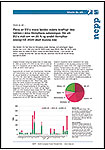
Several of the large EU Member States must accelerate their investments in renewables considerably, if the EU target of a 20 % share of renewable energy by 2020 is to be reached
Flera av EU:s stora länder måste kraftigt öka takten i sina förnybara satsningar, för att EU:s mål om en 20 %-ig andel förnybar energi skall kunna nås
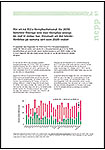
To reach the EU’s target for renewables for 2030, Sweden will not need more renewable energy than what Sweden has, if the burden is shared the same way as for the target for 2020
För att nå EU:s förnybarhetsmål för 2030 behöver Sverige inte mycket mer förnybar energi än vad vi redan har, om målet skulle bördefördelas som 2020-målet

